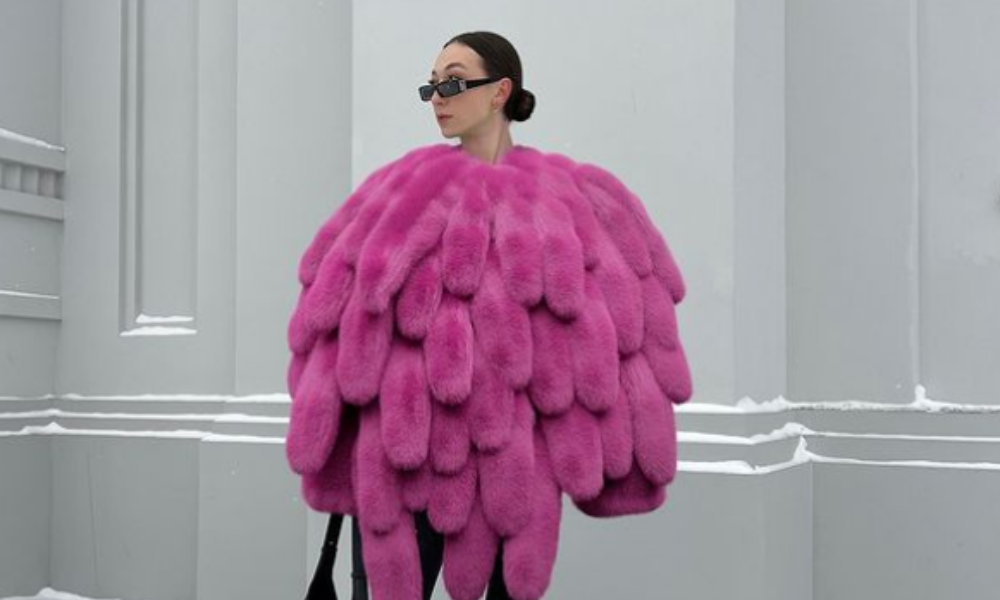NFTs, or Non-Fungible Tokens, are a type of digital asset that are unique and irreplaceable. Unlike cryptocurrencies such as Bitcoins, NFT is one-of-a-kind and has its own specific value. NFTs can be used to represent anything from digital art and music to virtual real estate and others. They are stored on a blockchain, which ensures their authenticity and ownership. NFTs have gained popularity in recent years due to their potential to revolutionize the way we think about ownership and value in the digital world.
The popularity of NFTs is subject to fluctuations over time due to various factors, such as market demand, the emergence of new platforms, and changes in regulations that may limit their appeal and potential uses. In the past, NFTs have witnessed a surge in popularity, largely attributed to high-profile sales and celebrity endorsements. However, like any new and evolving technology or trend, their popularity may rise and fall over time. By the end of 2022, NFT sales had drastically decreased, indicating a possible decline in popularity. This could be due to an initial hype and excitement eventually waning, or an oversaturation of the market, which resulted in decreased interest and prices. Nonetheless, the NFT market saw a resurgence in January 2023, after a disappointing end to the previous year. Despite any potential declines, it’s crucial to bear in mind that NFTs are still an emerging technology with vast potential uses and value that are still being explored and developed NFTs have potential to impact various sectors in different ways including the fashion industry.
They have a significant impact on the fashion industry, particularly in areas such as authentication, ownership, and collectibles. One potential use of NFTs in the fashion industry is for authentication and provenance. By creating NFTs that represent specific collections, designers and brands can provide a way for customers to verify the authenticity of their products and track their history and ownership. This could help to reduce counterfeiting and increase transparency in the industry. Another potential use is for creating unique collectibles. By creating limited-edition or exclusive NFTs that represent specific collections, designers and brands can offer their customers a new way to own and collect fashion items. These NFTs could be traded or sold, creating a new secondary market for fashion collectibles.
Finally, NFTs could be used to create new revenue streams for designers and brands. For example, they could offer limited-edition NFTs as part of a fashion show or product launch, or as a way to offer exclusive access to behind-the-scenes content or experiences. Overall, while the impact of NFTs on the fashion industry is still being explored, they have the potential to offer new ways of creating and consuming fashion. In addition to that and most importantly they are addressing some of the industry’s longstanding challenges around authenticity, ownership, and sustainability. NFTs have enormous potential to transform and disrupt various industries. However, it’s important to approach them with caution, given the numerous challenges and limitations that still need to be addressed. These challenges include market volatility, a lack of clear regulations, environmental concerns, and limited accessibility for those who may not possess the technical expertise or resources to participate in the market.
ALSO READ: ZENDAYA BRINGS POWER AND EDGE AS LOUIS VUITTON HOUSE AMBASSADOR IN LATEST CAPUCINES CAMPAIGN.




